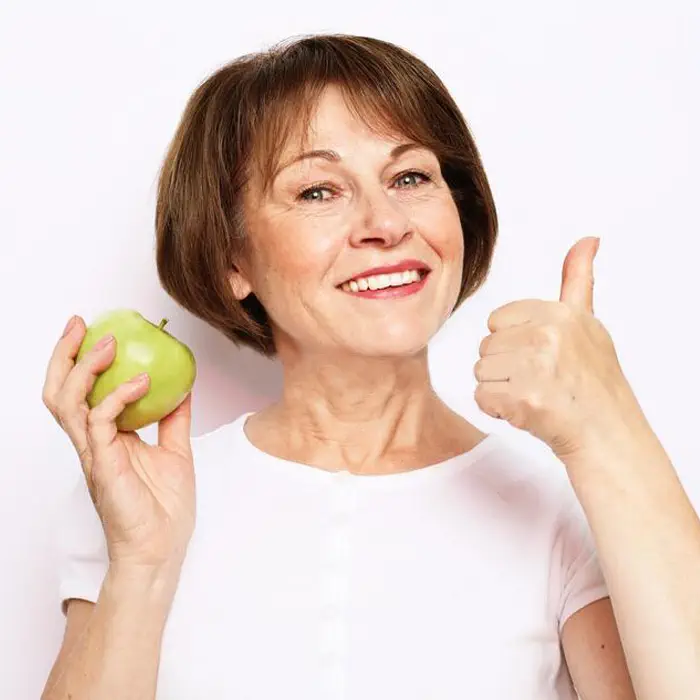 856-691-2497
| Fax 856-692-9007
856-691-2497
| Fax 856-692-9007
 856-691-2497
| Fax 856-692-9007
856-691-2497
| Fax 856-692-9007

Fresh-squeezed "juice"… this word conjures up visions of fluffy robe-clad ladies who lunch, hair wrapped in towel turbans, cucumbers atop each eye, relaxing on chaise lounges beside Himalayan salt lamps. To many, "juice" sounds like a beverage that can help us climb to the pinnacle of health and wellness. The truth about juice, and juicing, is less rosy – dieticians have long known that consuming whole fruit, rather than just the fruit's juice, is a more healthful choice.
Juicing – extracting liquid from fruits, vegetables, and even herbs using a press or a machine called a juicer – first became popular in the 1970s when entrepreneur Dave Otto opened a juice bar on Santa Monica Boulevard in West Hollywood. Hollywood then, as today, was home to lots of gyms and fitness centers, and Dave Otto's juice shop's proximity to two especially popular gyms helped juicing catch on with the health and wellness crowd. From there, juice's – and juicing's – association with healthy living spread far and wide.
Fruit juice has long been a staple of WIC-approved food lists (compendiums of foods and beverages that can be purchased using credits provided by publicly funded nutritional assistance programs, previously known as "food stamps"). This has also contributed to juice's reputation as a "healthy" beverage. But when you juice, you're missing out on many of the valuable benefits of whole produce.
Juicing removes the fiber from the fruit, vegetable or herb that's being juiced. Fiber slows down the absorption of produce's fructose into your bloodstream. Without fiber to pace the body's sugar absorption process optimally, the liver – overwhelmed by the sudden onslaught of fructose – may store the bonanza of quickly-received calories as adipose tissue (that's right, fat!). (For more info on this process, check out one of my favorite very funny yet remarkably informative documentaries, That Sugar Film.) Fiber also helps us feel full by preventing the steep blood sugar drops that can make us feel hungry.
Juicing also removes some of produce's healthy phytonutrients (powerful antioxidants with disease-preventing properties).
Not needing to chew while drinking juice means it's easy to consume lots of sugar and calories very quickly. It's possible to drink the juice of five oranges in just a few minutes. But most people, were they eating whole, peeled oranges, would likely stop eating before five oranges had disappeared from their plates. Choosing whole produce instead creates a natural "speed bump" in our eating (which can be especially important if you're someone who likes to eat or drink while working, driving or socializing – it can be easy to consume a lot of calories and sugar when we're multitasking and distracted). Choosing whole produce also allows you to enjoy the varying textures and mouthfeels of different fruits and vegetables and different parts of the same fruit or vegetable.
To get the maximum possible nutritional benefits of your produce, eat the whole fruit or vegetable – don't juice. Conveniently enough, consuming whole produce is also simpler, less time-intensive, and less expensive than juicing. Mother Nature was on the right track when it came to creating the perfect nutritional package for the vitamins, minerals, and energy that fruits and vegetables provide. Tampering with her plans by juicing doesn't improve our health.
Want to reap the maximum possible benefits of produce, while still enjoying your fruits and veggies in a sippable, slurpable form? Blending, rather than juicing, provides a healthy (and chic!) alternative that can fit into your lifestyle just as seamlessly as juicing. It's easier to sip some liquid while, say, driving than it is to eat whole produce. Ever tried to peel and section an orange with one hand? By blending all the edible parts of the fruit, you don't miss out on any nutrients or fiber. I've used my trusty Vitamix to blend up my own go-to breakfast smoothies for years. Having started my own days with blueberry-banana smoothies since 2020 (blending started as a "pandemic hobby" for me, but turned out to have real staying power!), I highly recommend blending.